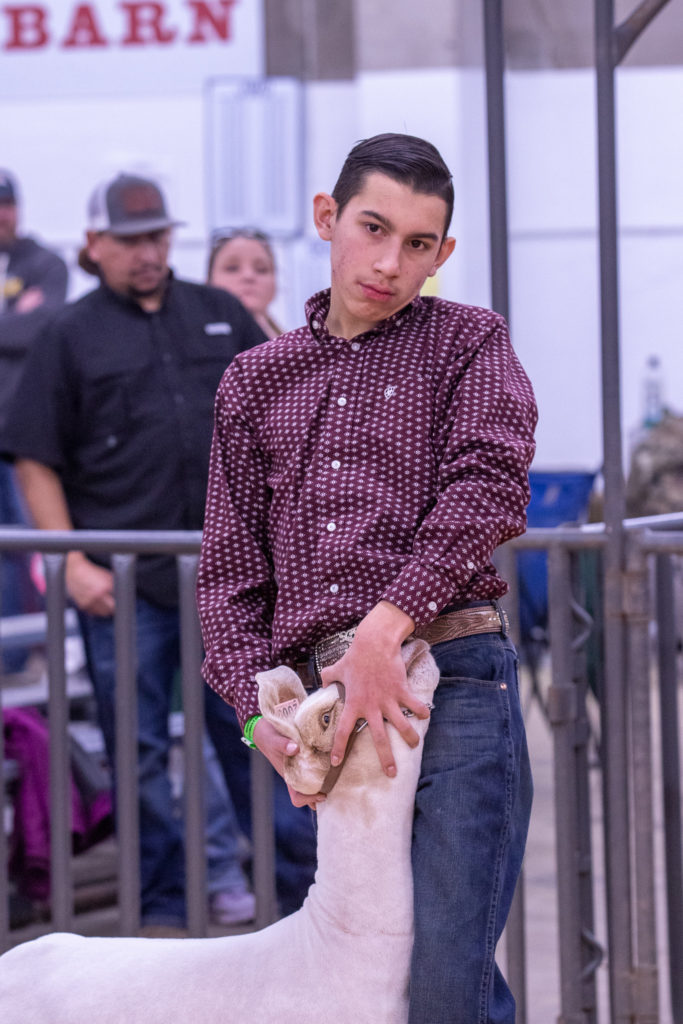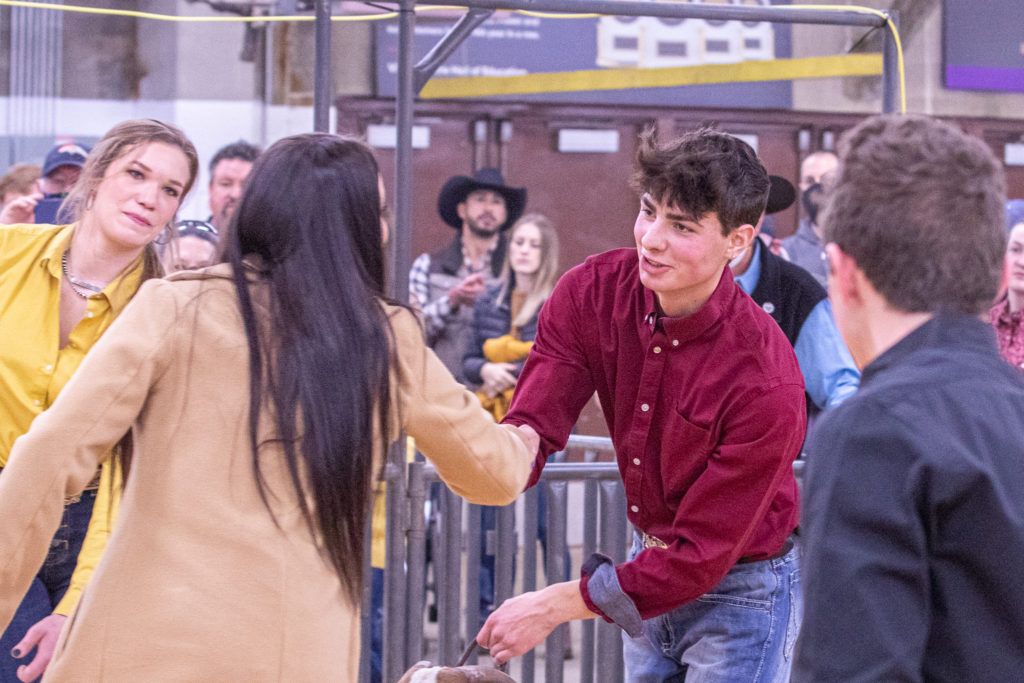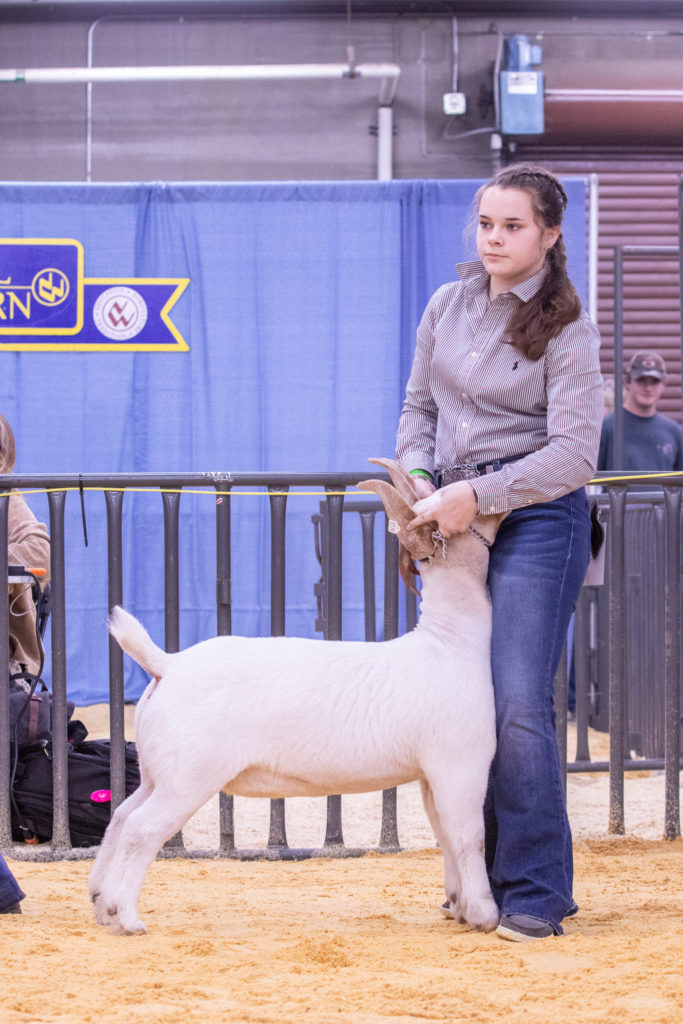Showmanship Starts At Home
If you look in a dictionary, showmanship can be defined as a person’s skill at performing or presenting things in an entertaining and dramatic way. But in the livestock industry, showmanship, no matter the species, is known for taking an individual to the next level in personal development in and out of the ring.
At a livestock show there are various types of competitions offered, some of the most common are showmanship, market, and breeding. Market compares an animal to another animal and winning is based off of the level of an animals confirmation and muscle. Breeding is judged off maternal and paternal characteristics that are passed down to offspring as animals are bred. However, showmanship focuses solely on how well an individual can exhibit their specie and if their animal works with them towards a common goal: to win.
The National Western Stock Show is known for its variety of shows and exhibits, one of which being goat showmanship. Several factors contribute to an exhibitor’s win in showmanship but three factors sort to the top for three individuals ready to compete in the 2022 National Western Goat Showmanship competition.
First and foremost, the showman and animal must work together as a team. This team aspect comes from long hours training, working on setting the animals feet square and learning to push into the showman’s leg. Aaron Morales, a Kansas native, believes, “Showmanship really reveals who works with their animals. This kind of competition is won in the barn, at home, not just walking into the ring with an animal you’ve trained only a few times.” A showmanship-ready goat must also walk well on whatever type of lead is chosen by the showman and cooperate as its owner switches sides as the judge moves about the show ring.
Secondly, judges often ask questions to the exhibitors regarding things like basic care, what they like about their animal, and about issues facing the goat industry – with the intention of testing an individual’s knowledge as well as communication skills. Goat showman Ashlyn Huff of Iowa resonates with this aspect of showmanship. “I love showmanship because it truly reveals who works with their goats at home and who cares about the industry,” Huff states, “Judges often ask showmen questions and when those who don’t work with or take care of their own animals aren’t able to answer the questions, it shows who really knows about the industry and has a passion for it outside of the ring.”
Lastly, showmanship is judged by comparing one exhibitor to another, not a comparison of the animals chosen to show. Katie Matsumoto, a goat enthusiast from California, states, “I love goat showmanship because of the level of intensity and competition that comes with it. I really like the fact that showmanship allows me to compete against different people rather than just their animals like in market shows.” Showmanship competitions allow for an individual to succeed regardless of the overall composition of their animal. It allows for the development of an individual’s skills and talents while leveling the playing field. As the National Western Stock Show continues for the next twelve days, be sure to stop by a showmanship competition and ask an exhibitor what it is that they resonate with and love about the showmanship competition.
By Becca Paine, 2022 NWSS Media Scholar



